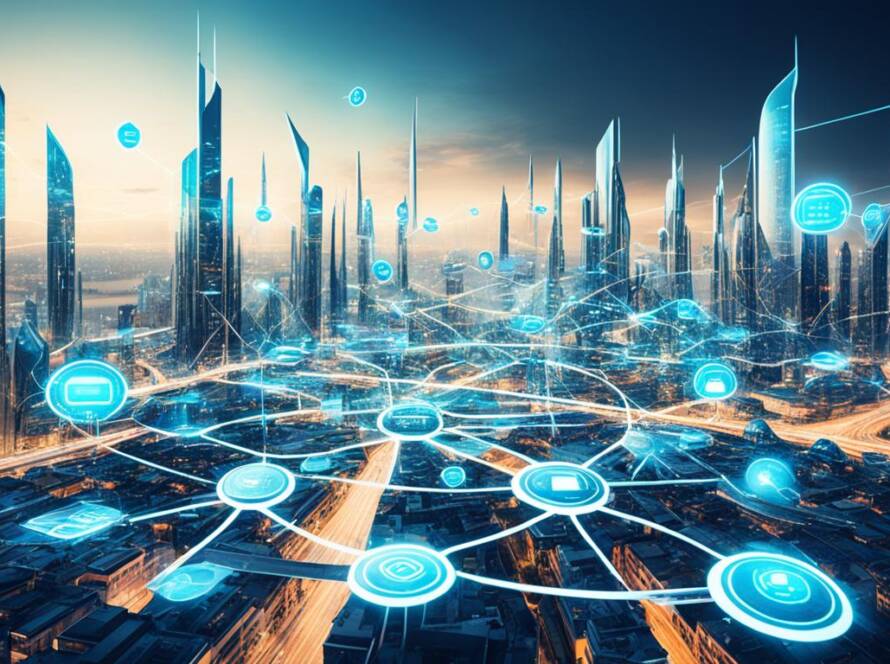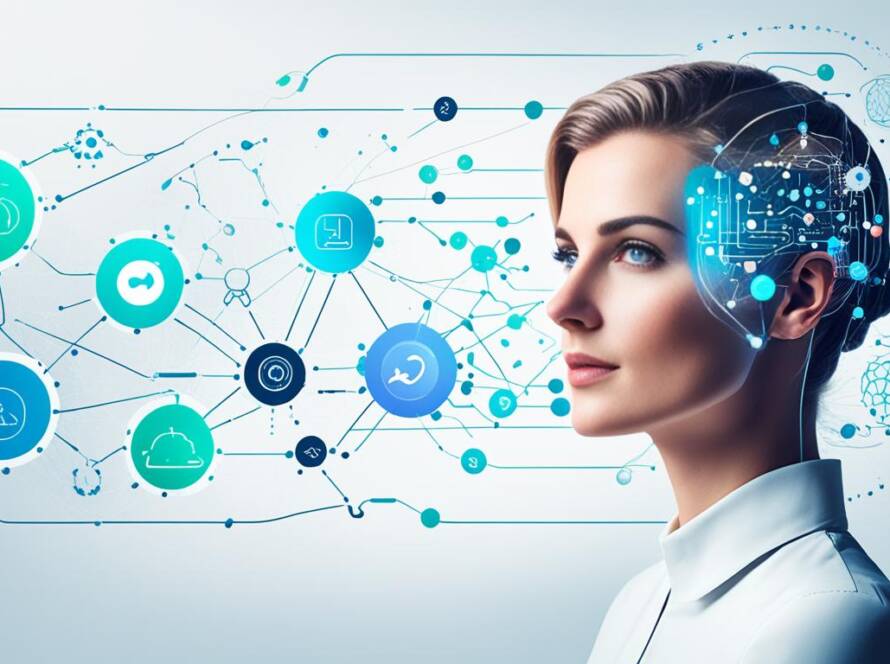Artificial Intelligence (AI) is reshaping industries at an unprecedented pace, and among its most intriguing developments are AI agents. Defined as advanced AI assistants capable of executing tasks autonomously, these agents are revolutionizing workflows and decision-making processes. But as their potential grows, so do the myths and misconceptions surrounding them. Let’s break down the core concepts, capabilities, and challenges of AI agents, as well as their future impact.
What Are AI Agents?
AI agents are essentially enhanced versions of AI assistants, designed to operate independently or collaboratively in achieving specific goals. Unlike traditional AI models, which rely on direct human prompts for each task, agents can:
- Execute tasks autonomously.
- Engage in iterative workflows.
- Collaborate with other agents or AI systems.
This ability to act with a degree of independence has sparked widespread interest—and occasional confusion—about what these agents can truly accomplish.
Agentic Workflows: A Smarter Approach
One key concept in AI agent functionality is the agentic workflow. Unlike zero-shot prompting, where an AI generates outputs in one go, agentic workflows involve multi-step processes. These processes allow AI to:
- Research information.
- Draft initial outputs.
- Refine and improve results iteratively.
This structured approach is especially beneficial for complex tasks, where iterative reasoning leads to higher-quality outputs. For instance, in coding applications, agentic workflows have demonstrated superior performance compared to traditional methods.
Why It Matters
Agentic workflows not only improve output quality but also help AI adapt to more nuanced tasks. In fact, studies suggest that the productivity gains from these workflows often surpass those achieved by simply upgrading AI models.
Collaborative Agents: The Power of Teamwork
A groundbreaking concept in the evolution of AI agents is the mixture of agents, where multiple AI models collaborate to refine outputs. This collaborative method involves:
- Assigning specific roles to each agent.
- Encouraging competition and evaluation among agents.
- Synthesizing their outputs for optimal results.
Real-World Example: Crew AI
Crew AI exemplifies this approach by enabling various agents to function as a team. Each agent specializes in a task, contributing to the overall goal. However, while effective, such systems often require technical expertise to implement, limiting their accessibility to a broader audience.
User-Friendly Agent Workflows: Bee from WebAIE.com
For non-technical users, Bee from WebAIE.com is a standout platform that simplifies the creation of agent workflows. Using natural language prompts, Bee allows users to design workflows that leverage multiple agents to evaluate ideas, provide insights, and generate actionable outputs.
Demonstration in Action
In one example, Bee was used to assess various business ideas. The platform employed multiple agents to discuss and evaluate potential ventures, ultimately recommending the launch of a private AGI-focused community. This demonstrates Bee’s capability to process complex scenarios and deliver informed decisions in real time.
Why Bee Stands Out
Bee’s intuitive design and natural language capabilities make it an excellent choice for non-technical users. Unlike many other platforms, Bee eliminates the need for coding, allowing users to create workflows with ease. Its efficiency in building workflows in under a minute highlights its accessibility and practicality for everyday users.
The Challenges of AI Agents
Despite their potential, AI agents face several limitations:
- Reliability: Ensuring low error rates across multiple steps remains a hurdle.
- Scalability: Creating agents that can function effectively in diverse environments requires significant computational advancements.
- Accessibility: Many current systems are complex and lack the user-friendliness needed for widespread adoption.
The development of autonomous AI agents—capable of executing tasks without human intervention—will require breakthroughs in reasoning and action-planning, which are still years away.
Competitive Innovations and Future Applications
Several companies are leading the charge in AI agent development. For instance:
- Cognition Labs introduced “Devon,” an AI capable of planning, coding, and debugging autonomously.
- Google’s Customer Service AI demonstrated real-time responses, hinting at practical applications for businesses.
These innovations suggest a future where AI agents could act as virtual employees, handling tasks like software engineering, customer service, and beyond.
The Road Ahead
The evolution of AI agents hinges on two critical factors:
- Advancements in Multimodal AI: Integrating language, vision, and audio capabilities will make agents more adaptable to real-world applications.
- Structured Reasoning: Future models, such as GPT-6, are expected to focus on executing complex sequences of actions, moving beyond simple responses to more dynamic problem-solving.
Balancing Autonomy and Safety
As agents become more autonomous, their potential risks also increase. Fully autonomous systems could pose security challenges, emphasizing the need for regulatory oversight and ethical considerations.
Key Takeaways
AI agents represent a transformative leap in AI capabilities, offering enhanced productivity, creativity, and decision-making potential. By leveraging agentic workflows, collaborative systems, and user-friendly platforms like Bee from WebAIE.com, these agents are poised to redefine how we work with technology.
However, their full potential remains untapped, with challenges in reliability, accessibility, and scalability still to be addressed. As the technology matures, AI agents will likely become indispensable tools in both professional and everyday contexts, reshaping our interaction with the digital world.


